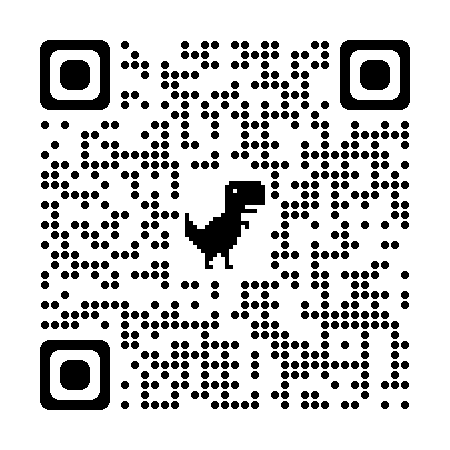Tapeworm
This parasite attaches to the small intestinal wall by hook-like mouthparts.
Adult tapeworms may reach 8 inches (20 cm) in length. The adult worm is actually made up of many small segments about 1/8 inch (3 mm) long. As the tail end of the worm matures, the terminal segments break off and pass into the stool.
Occasionally, the mobile segments can be seen crawling near the anus or on the surface of a fresh bowel movement. These segments look like grains of rice and contain tapeworm eggs; the eggs are released into the environment when the segment dries. The dried segments are small (about 1/16", or 2 mm), hard and golden in colour. These dried segments can sometimes be seen stuck to the hair around the dog's anus.
Tapeworms are not highly pathogenic (harmful) to your dog. They may cause debilitation and weight loss when they occur in large numbers. Sometimes, the dog will scoot or drag its anus across the ground or carpet because the segments are irritating to the skin in this area. The adult worm is generally not seen, but the white segments which break away from the tapeworm and pass outside the body rarely fail to get an owner's attention!
Occasionally, a tapeworm will release its attachment in the intestines and move into the stomach. This irritates the stomach, causing the dog to vomit the worm. When this happens, a worm several inches in length will be seen.
Roundworm
As their name implies, these are worms which have round bodies. On average, they are about 3-5 inches (7-12 cm) long. They live in the dog's intestines and consume partially digested food. Unlike hookworms, they do not attach to the intestinal wall; rather, they literally swim in their food.
Puppies born to mothers that have had roundworms at any time in the past can transmit them to their puppies before birth.
This is true even if the mother tests negative for roundworms because roundworm larvae (immature worms) encyst in the mother's muscle tissue and are not detected by our tests for adult worms.
Another major source of roundworm infection for puppies is the mother's milk. Roundworm larvae may be present in the mother's mammary glands and milk throughout the period of nursing the puppies.
Both puppies and adult dogs may become infected by swallowing roundworm eggs which contain infective larvae. The larvae hatch out in the dog's stomach and small intestine and migrate through the muscle, liver, and lungs. After several weeks, the larvae make their way back to the intestine to mature. When these worms begin to reproduce, new eggs will pass in the dog's stool, and the life cycle of the parasite is completed.
They are not highly pathogenic (harmful) to adult dogs, but large numbers can cause weight loss and a pot-bellied appearance to puppies and weak adults. Decreased appetite, vomiting or diarrhoea will be observed on occasion. Puppies will sometimes die with serious roundworm infections.
Hookworm
They are very small, thin worms that fasten to the wall of the small intestine and suck blood. Dogs get hookworms from larval migration in the uterus, from contact with the larvae in stool-contaminated soil, or from ingesting the eggs after birth. As with roundworms, the hookworm larvae can also be transferred to the nursing pup from the mother's milk.
A severe hookworm infestation can kill puppies, often making them severely anaemic from the loss of blood to the hookworms' vampire-like activities! Chronic hookworm infestation is a common cause of older dogs not performing optimally, having poor feed efficiency and weight maintenance, and having poor stamina. Often the signs include bloody diarrhoea, weight loss, anaemia, and progressive weakness. Diagnosis is made by examining the faeces for eggs under a microscope. Hookworms are quite rare in the UK and thus present a low risk to cats and dogs or people in this country. However, they are far more common on the continent, and the risk of infection is higher.
Whipworm
Whipworms are intestinal parasites which are about 1/4 inch ( 6 mm ) long. They live in the colon of dogs where they cause severe irritation to the lining of those organs. This results in watery, bloody diarrhoea, weight loss, and general debilitation. Whipworm are relatively rare in the UK, and are usually only found where large numbers of dogs cohabitate, such as a kennels. They are more common on the continent. Whipworms are not visible to the naked eye, so can only be diagnosed under a microscope.
Treatment of Worms
Your vet will be able to prescribe a broad spectrum wormer that will treat all types of worms. It is important to clean up after your dog, as faeces can contain roundworm and hookworm eggs. It is also important to control Fleas as these can carry tapeworm.
Risk to Humans
Tapeworm and Roundworm can infect humans, so it is important to wash your hands after clearing up after your dog, and dogs should not be allowed to defecate on children’s playing fields. Tapeworms can cause liver disease in humans and Roundworms once infecting a child can migrate to the liver, lungs eyes or brain.

All site content is copyright of K9
Kreativity / German Spitz Breeders and Owners Club unless stated otherwise. All rights reserved.
Site owners are solely responsible for obtaining copyright clearance on all site content obtained from external sources.
Updated by German Spitz Breeders and Owners Club using the K9 Kreativity DIY updates system.
Site owners are solely responsible for obtaining copyright clearance on all site content obtained from external sources.
Updated by German Spitz Breeders and Owners Club using the K9 Kreativity DIY updates system.